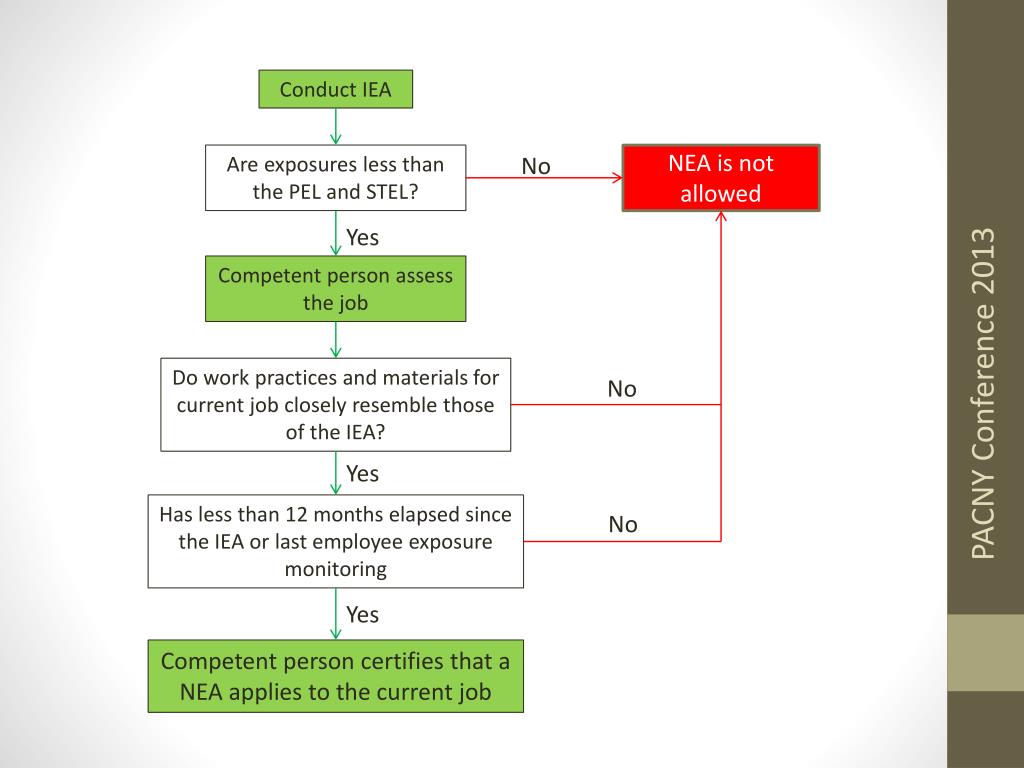

Under my leadership, the agency issued a strengthened silica exposure standard, greatly reducing the dust level allowed in a worker’s breathing zone. OSHA’s old workplace standard for silica exposure dated from the early 1970s and even then was out of date for preventing silicosis. I led OSHA from 2009 through January 2017, until President Trump was inaugurated. More cases will undoubtedly appear, since wherever this material is used it has caused disease: Dozens of workers in Spain, Israel, and elsewhere are awaiting lung transplants, their ability to breathe destroyed by silica dust. Sixteen of those affected are Hispanic and two are non-Hispanic African-Americans. The Centers for Disease Control and Prevention recently reported 18 cases of severe silicosis, including two deaths, in four states among workers producing these countertops. When it comes protecting workers from exposure to engineered stone dust, the Occupational Safety and Health Administration (OSHA) is nowhere to be found. When cut or polished, the material releases silica dust, which can cause cancer and serious lung disease. These countertops are made from a quartz-based composite product made to look like marble or granite. They’re more effective on the job and less at risk of a potentially fatal disease like cancer.Exclusive analysis of biotech, pharma, and the life sciences Learn MoreĪcross the United States, workers are suffering from, and sometimes dying of, the severe lung disease known as silicosis because they are fabricating and cutting “engineered stone” countertops for our kitchens and bathrooms. Proper control measures help remove toxic fumes from the air your workers breathe. You can find the permissible exposure limit (PEL) for each substance, in Cal/OSHA’s Table AC-1. These identify the harmful substances your employees work with. Make sure to review the Safety Data Sheets (SDS). Remind your employees of all the health risks that come with overexposure to welding fumes.

#Osha breathing zone how to
Speaking of respirators, show your workers the type of respirator they need, how to use it, and how to maintain it. Also make sure they understand how general ventilation works and where to find respirators when needed. Hands-on training helps your employees become more familiar with the equipment they use, such as the different local exhaust methods. What to cover at your safety meeting on welding fumesĭiscuss and demonstrate how to use your ventilation system. An indoor worker should stand on the opposite side of where the smoke is moving. An outdoor worker should stand upwind of the fumes so they move away from him or her. Workers should position themselves in such a way to keep fumes out of their breathing space.Know where to find respirators if local exhaust and general ventilation are not available.Know how general ventilation works, its limitations, and how to use it correctly.Whenever possible, use a local exhaust system as explained above.This helps remove any coatings or substances that could produce additional toxic exposures. What your employees need to do to control welding fumesīefore firing up the welding torch, clean all surfaces. Failing these two options, workers must wear respirators. If local exhaust systems are not available, general ventilation-natural or forced movement of air-can reduce the exposure to fumes in the work area. Devices like a fume hood or vacuum nozzle positioned right next to the work that’s being done produce the best results. A local exhaust system pulls fumes away from the welder’s breathing zone. Only work in areas with proper ventilation. Each material may have its own permissible exposure limit (PEL) as identified by Cal/OSHA. Make sure your employees know which materials they’re working with and what the health risks are. What your employees need to know about welding fume controls Your workers could develop cancer, lung damage, or different breathing ailments if overexposed to welding fumes. Without proper controls, fumes surround the welder, get inside the mask, and right into his/her breathing space. This reaction produces harmful gases and other fumes that rise into the air. Welding produces a chemical reaction as heat and flame melt materials together. Welding masks may protect the eyes and face from flashes and sparks, but they don’t guard against toxic fumes.


 0 kommentar(er)
0 kommentar(er)
